









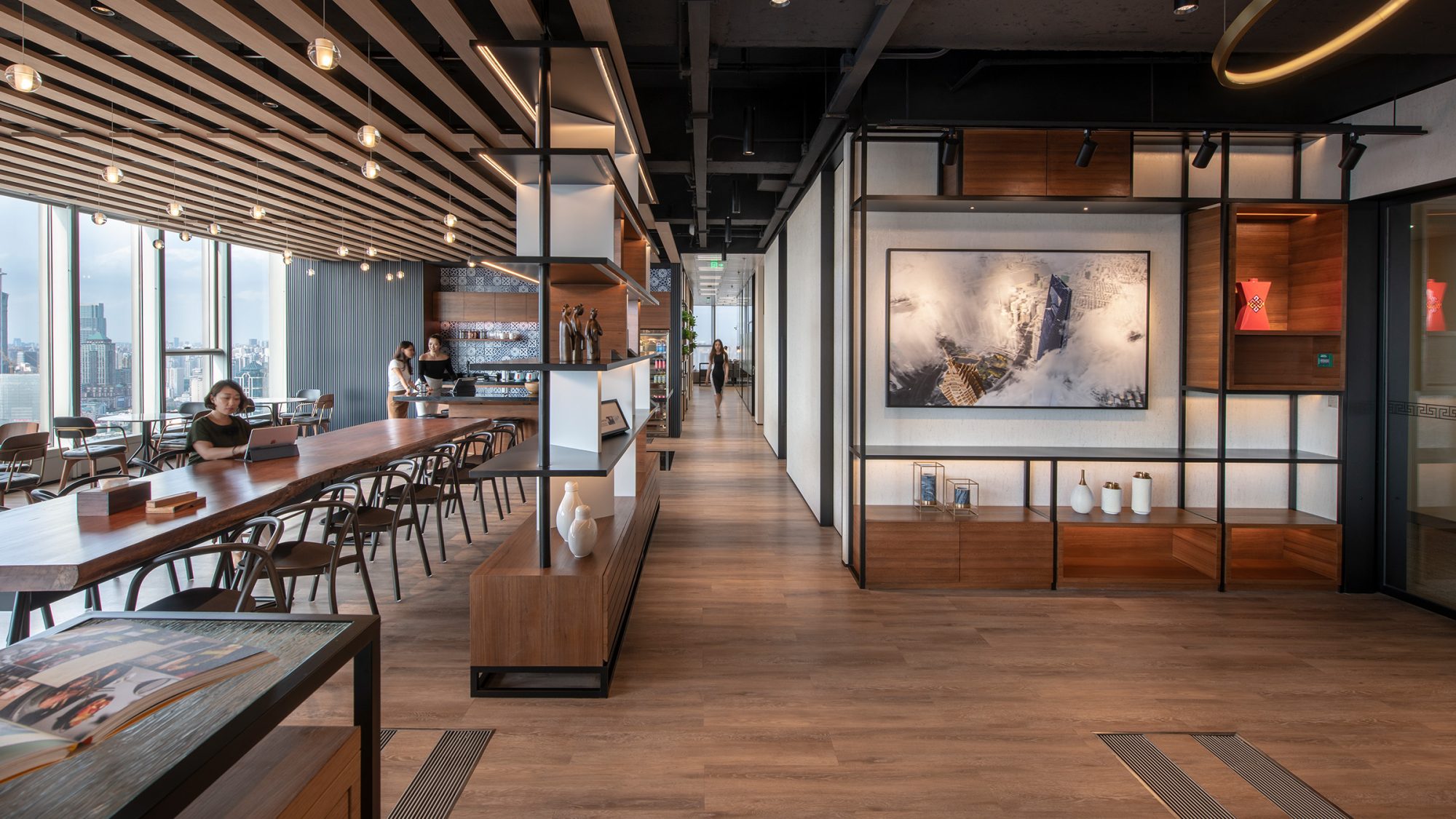
Allow yourself to be influenced by your surroundings, wherever you may be.
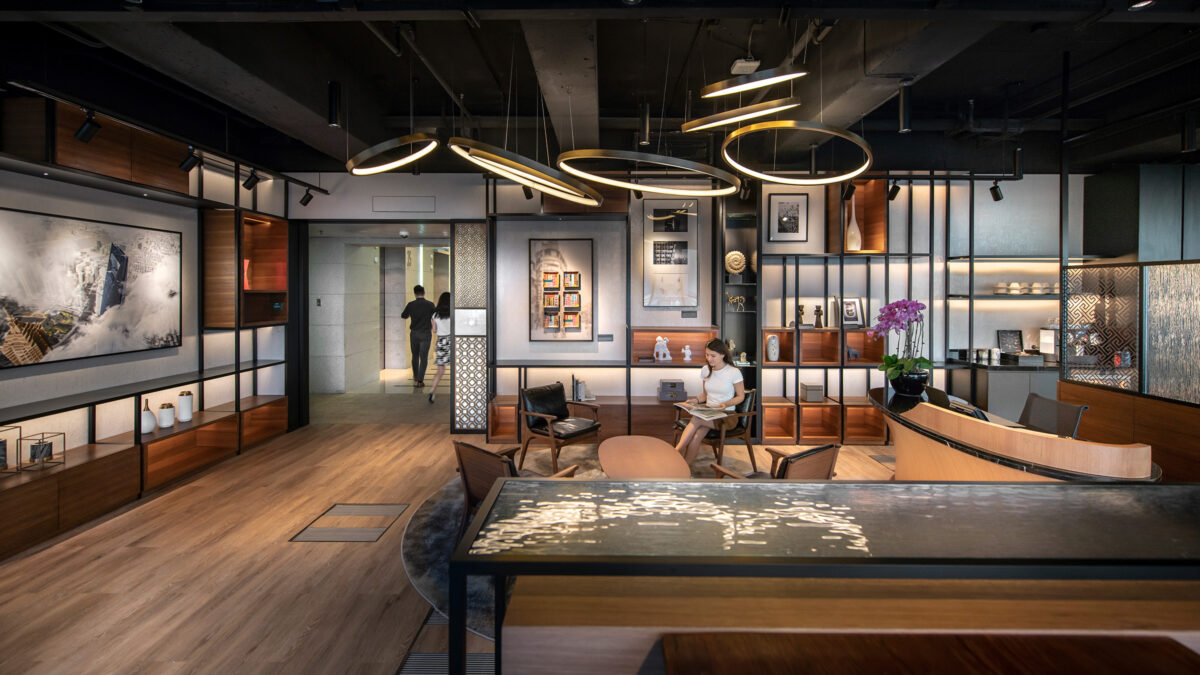
Located approximately 300 kilometres away from one another, it takes two hours to travel from the culturally fascinating metropolis of Milan to the enchanting medieval city of Florence by train. Highly influenced by world-class art, fashion houses and architectural masterpieces, Italy buzzes with inspiration at every turn.
Passengers of this train (or any other train for that matter) can disconnect from the intricacies of life and clear their minds in a number of ways. While some may choose to do so with a book, others can devote their travel time to observing the beautiful Italian countryside that flashes past as the train makes its way towards its final destination. With a new workplace design project in mind, I turned my attention to sketching.
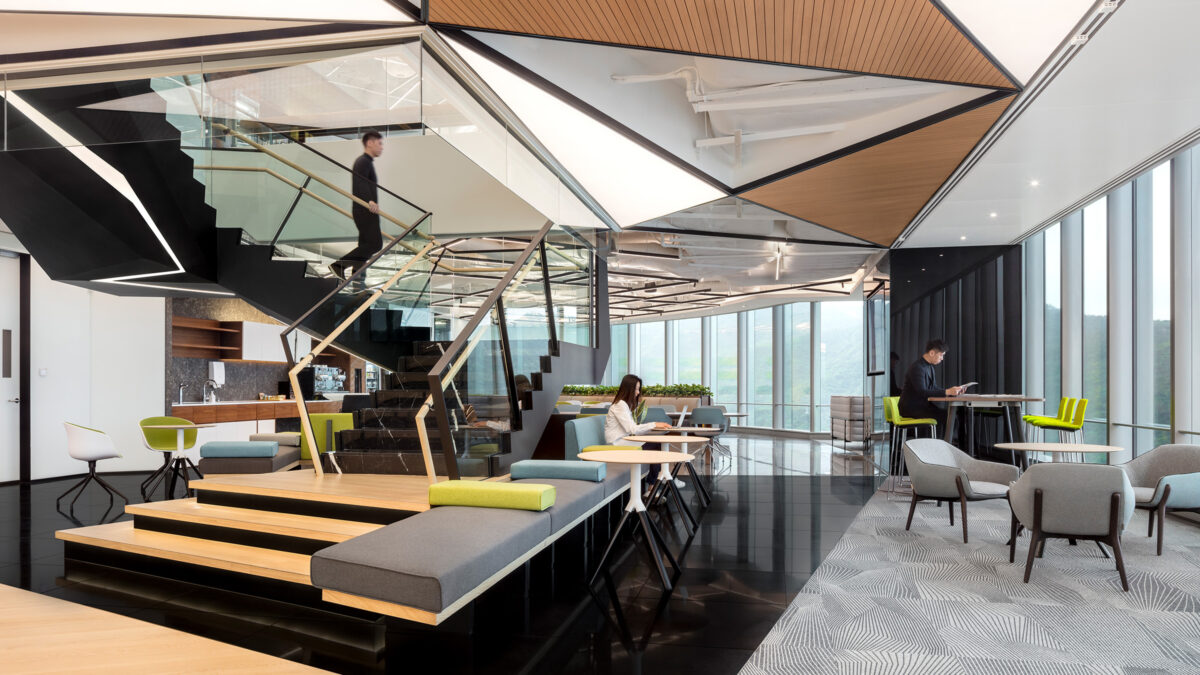
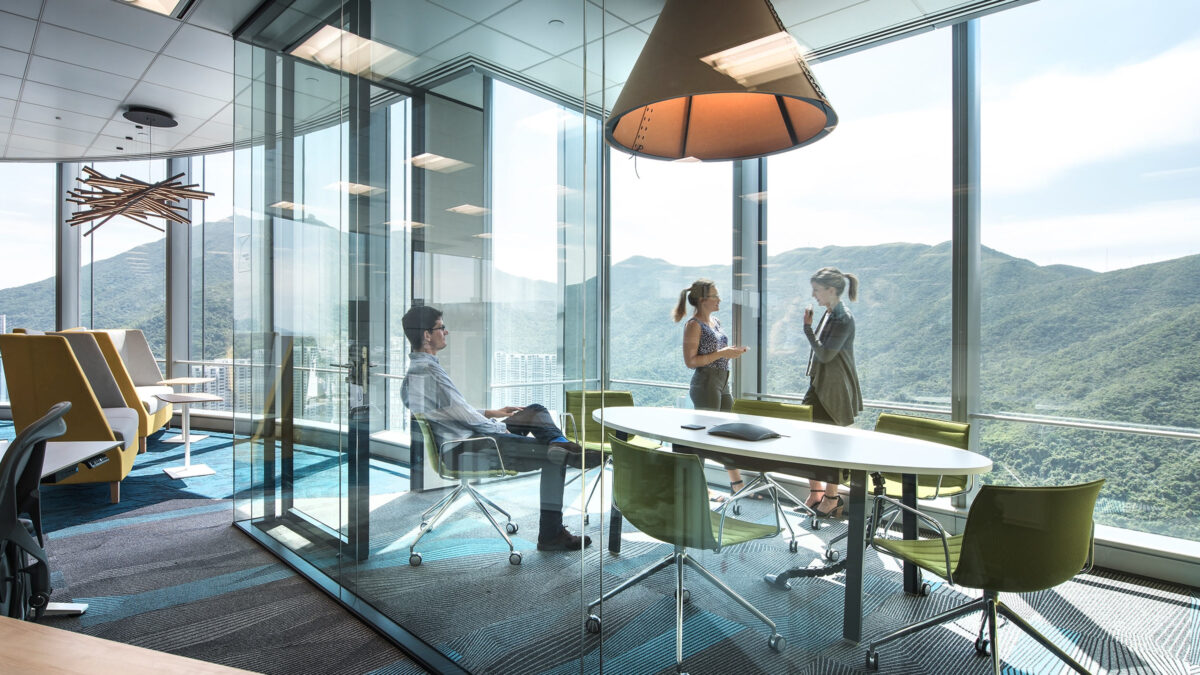
Inspired by the cultural elements of Italian art and fashion that I had contemplated during a trip to Milan, I began drawing the plan of a new office that one of the world’s largest asset management and research firms selected us to design. Raw concepts became more vivid as I replayed a runway show from fashion designer Issey Miyake in my head that I’d just watched before departing. The more flexibility I allowed my mind to have, the more stimulating the design-thinking process appeared to be.
As I thought back to Miyake’s iconic unfolding pieces, I visualised a series of angular shapes that drew upon a distinct blend of cultural, urban and fashion elements. Shortly before we arrived in Florence, I sent the sketches of the new office plan to our project team and became fully aware of the visual connection between what I had seen in the Miyake runway in Milan and what I had drawn on the train.
Providing a novel outlook on design, this experience reinforced the importance of sketching ideas the moment they surface for fear of losing them entirely.
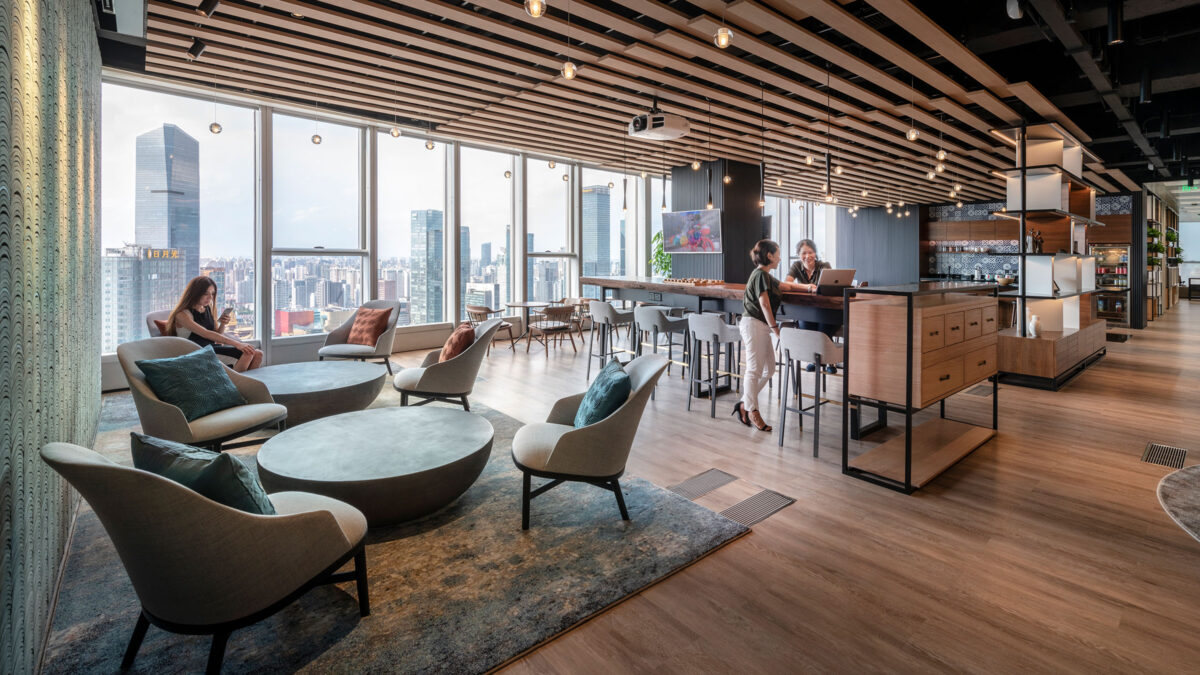
As designers, we spend the majority of our time using technology to think of new ideas, opening numerous browser tabs while scouting the Internet in search of the “right” image. With aggregated creations from fellow professionals made available on a never-ending supply of websites, graphic designers, interior designers, illustrators, typographers and perhaps even architects need not look much further than their computer screens for visual inspiration.
However, with so many different sites within one connected universe only a click away, how sustainable and innovative can the design-thinking process really be?
Every client organisation encompasses a particular mix of culture, history and people. This means that the workplace must speak to a unique identity using design concepts that can transform how staff and visitors connect, communicate and collaborate beyond traditional office expectations. Bringing innovative design ideas to life, particularly those aiming to improve the productivity of the people benefiting from them, requires a significant amount of patience and self-reflection.
The fact is, staring blankly at a computer screen while scrolling through office-related imagery online limits our ability to think creatively. Designing a space, let alone an entire workplace that stretches across tens of thousands of square metres, is no easy task. When faced with such a challenge, what can we do to circumvent our thinking block and reach for the unexpected?
Take a break.
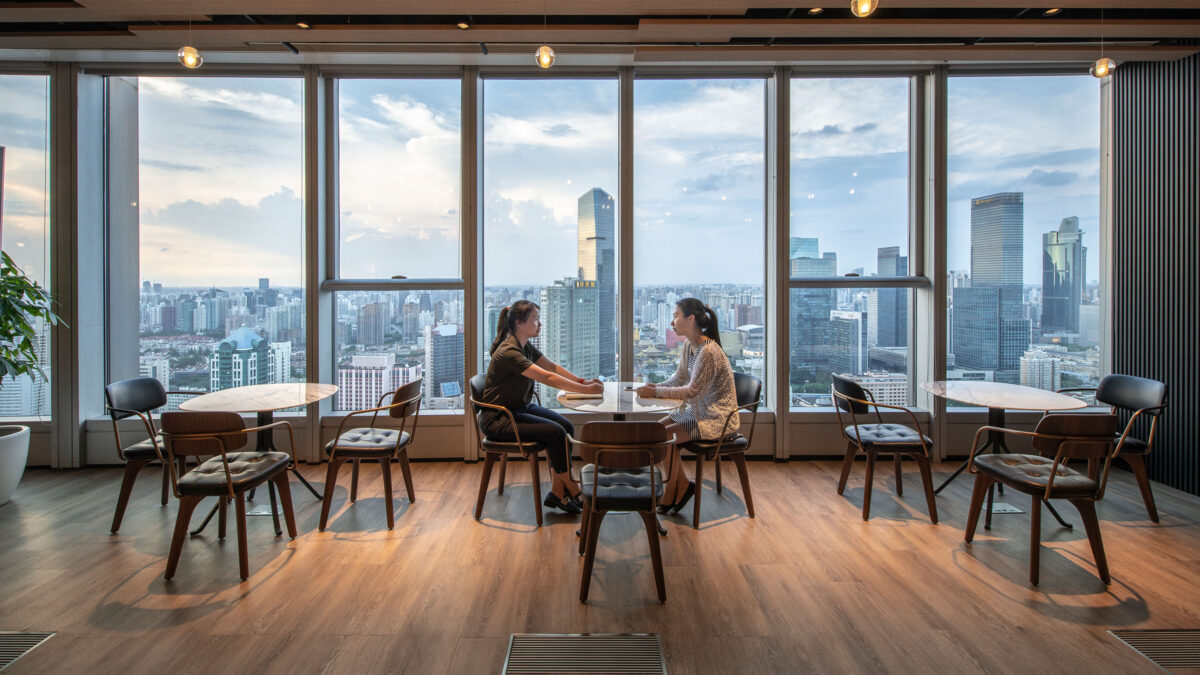
Step away from your computer and walk around your neighbourhood. Look up to the trees as you stroll across the park. Window shop along bustling fashion avenues to look for particular cues that may trigger your sense of curiosity. Did the ceiling features of the restaurant you visited for dinner the other night strike your attention?
Enlivened by the works of formidable artists, galleries are exceptional environments to unwind and stimulate our creativity. The simple act of wandering around exhibitions can provide much-needed clarity to allow ideas to take shape organically and serve as necessary detoxification from digital media. A weekend spent exploring mixed-art galleries, for instance, heavily influenced our team’s approach to designing the new Hyatt workplaces in Hong Kong and Shanghai by incorporating memorabilia throughout the space. Using emotional design elements helped bring the cultural identity of each office to life and transform the traditional work environment into a memorable storytelling journey.
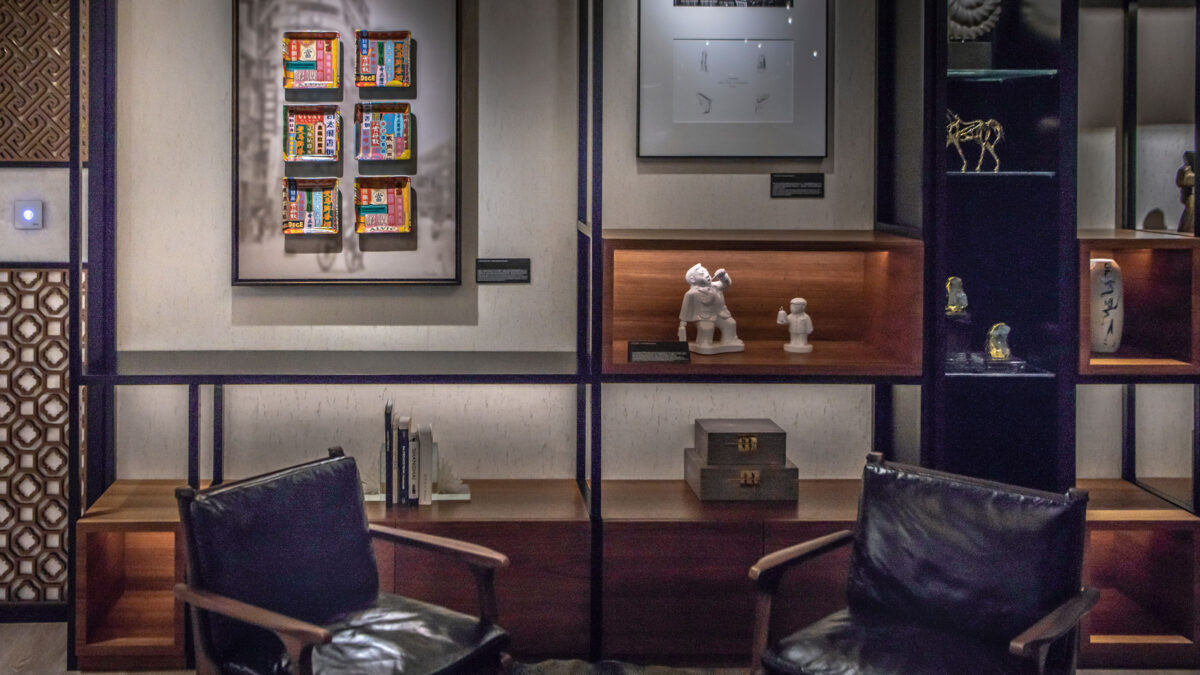
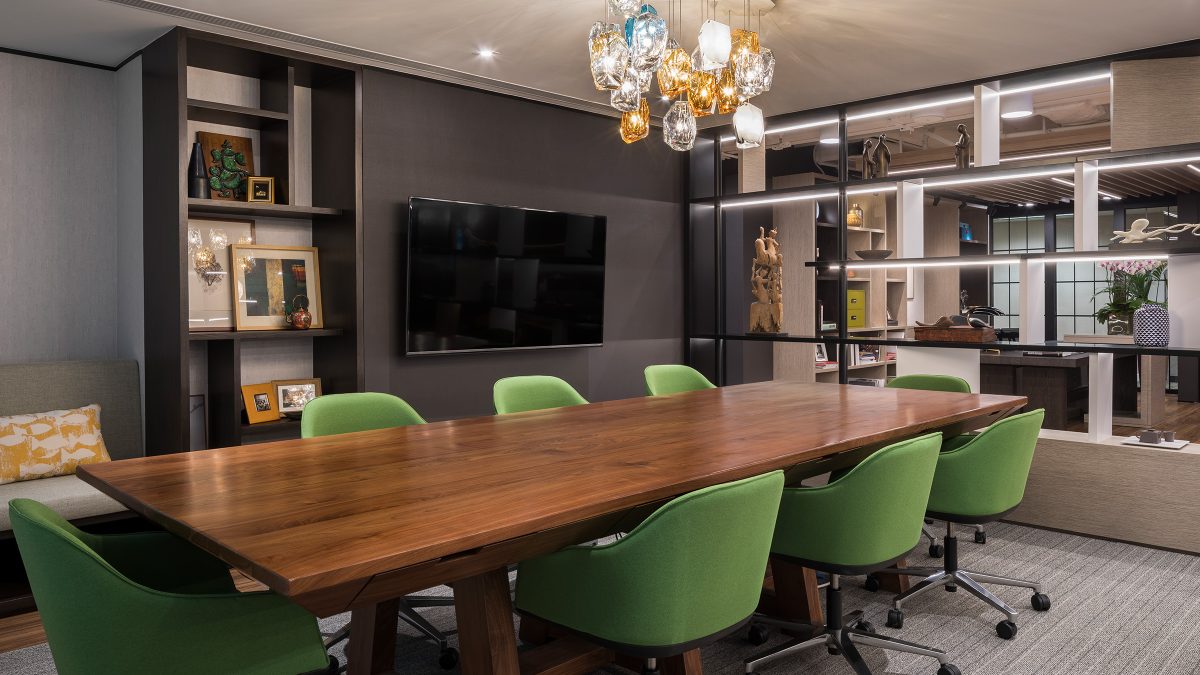
Bring a notepad. Take photos. Make notes and turn thoughts into sketches. By giving our subconscious the opportunity to disconnect from familiar design sources, we allow our minds to conceptualise new ideas based on our surroundings. Ultimately, this influences our ability to approach a design problem from a one-of-a-kind perspective, as opposed to utilising concepts researched by everyone else.
Once the design integrates ideas generated from new sources of inspiration, the beauty of its craft becomes all the more evident.
Director - Design, International